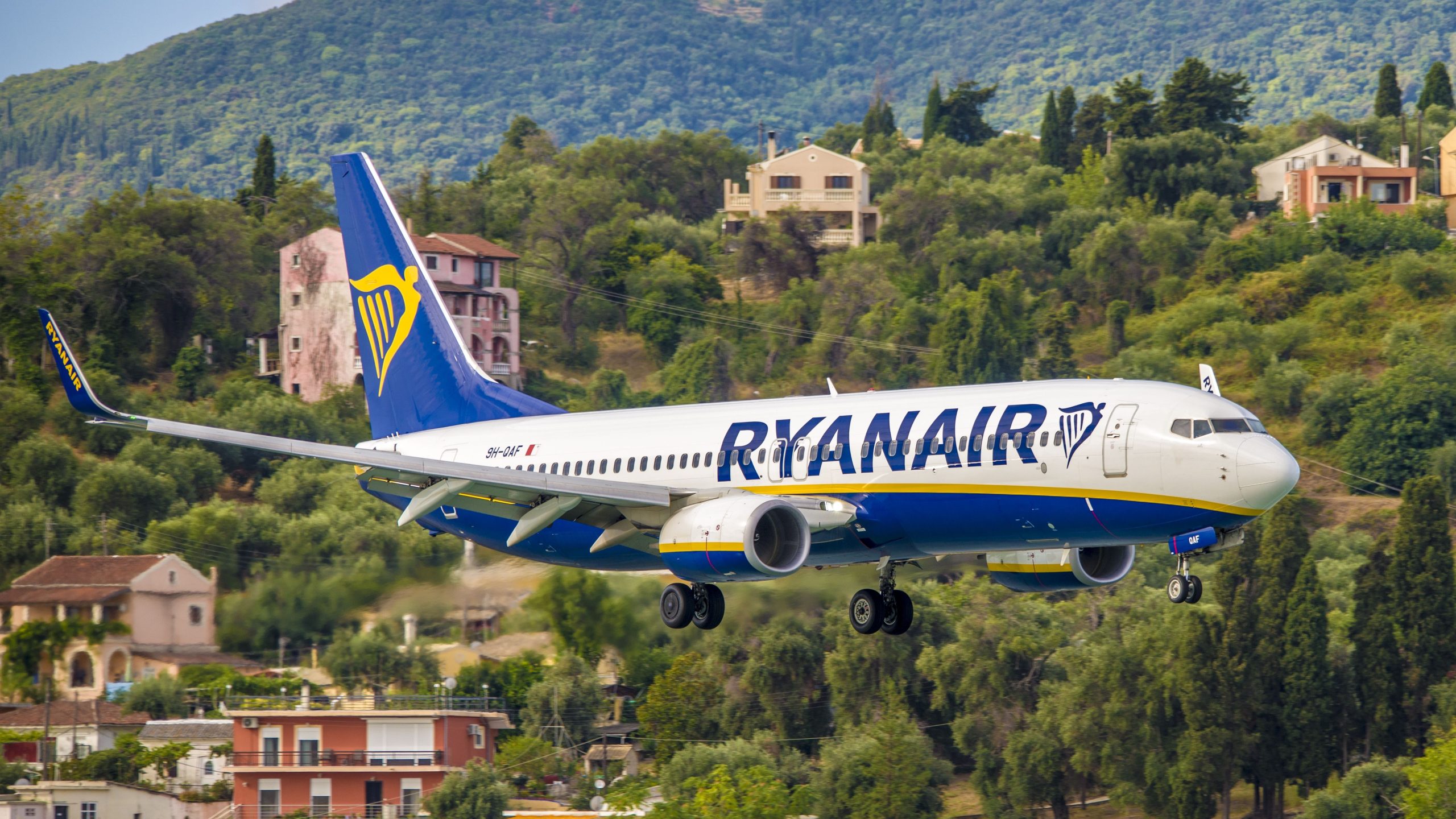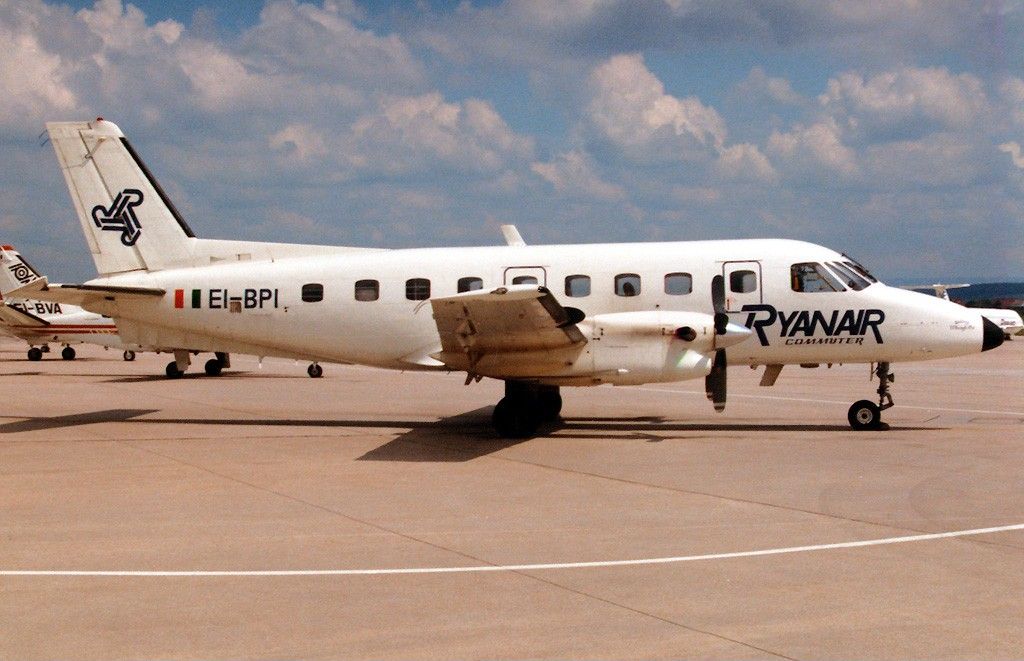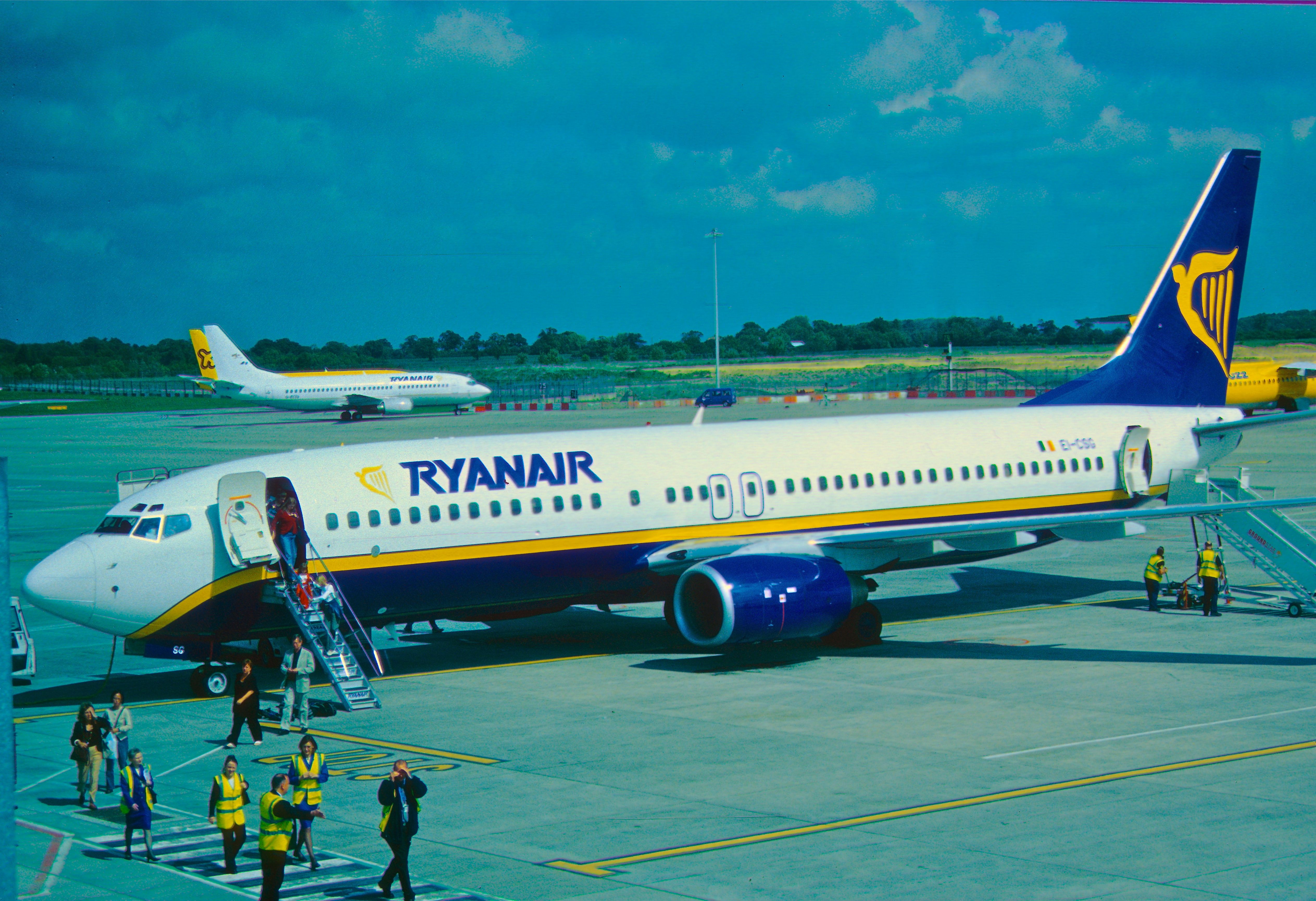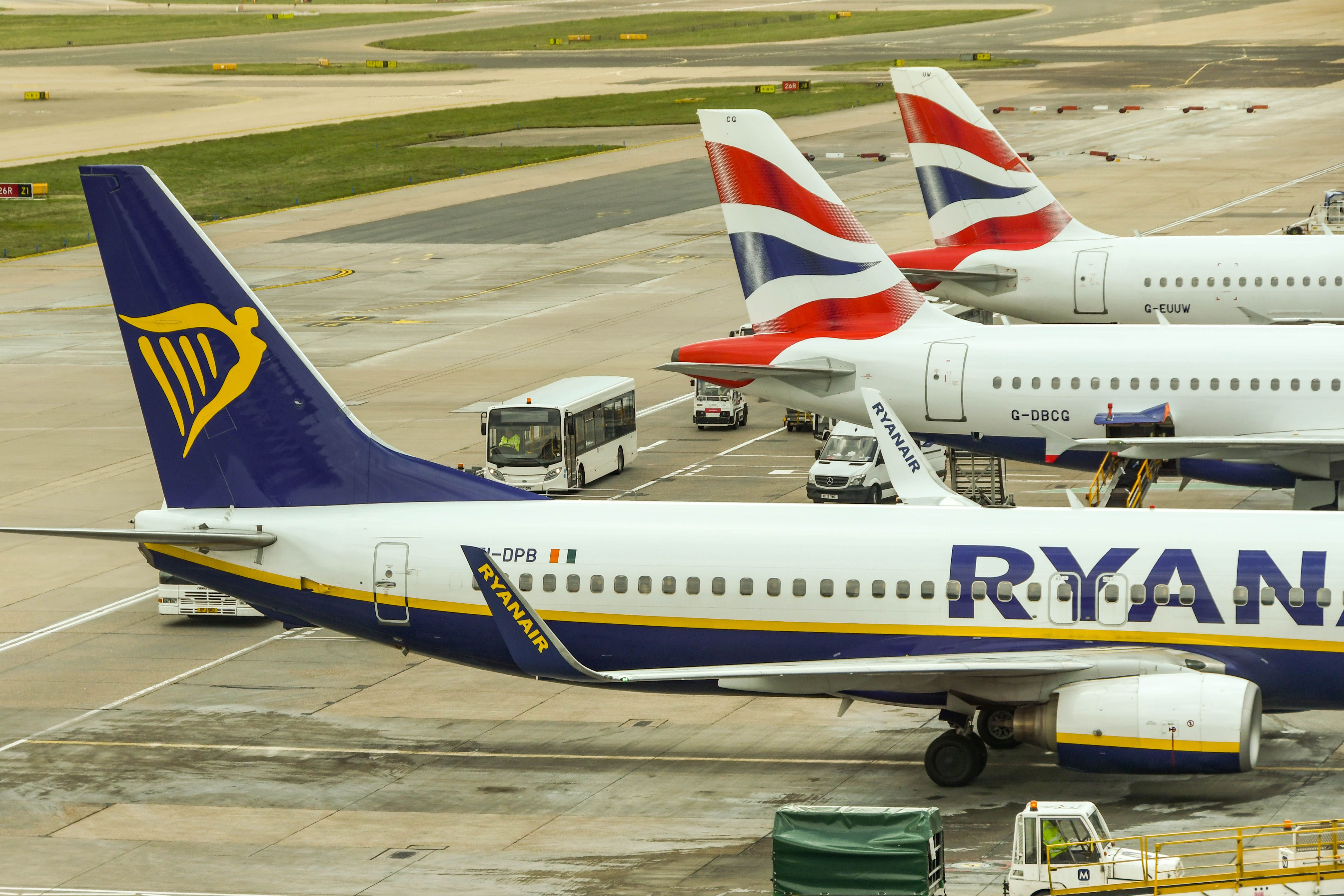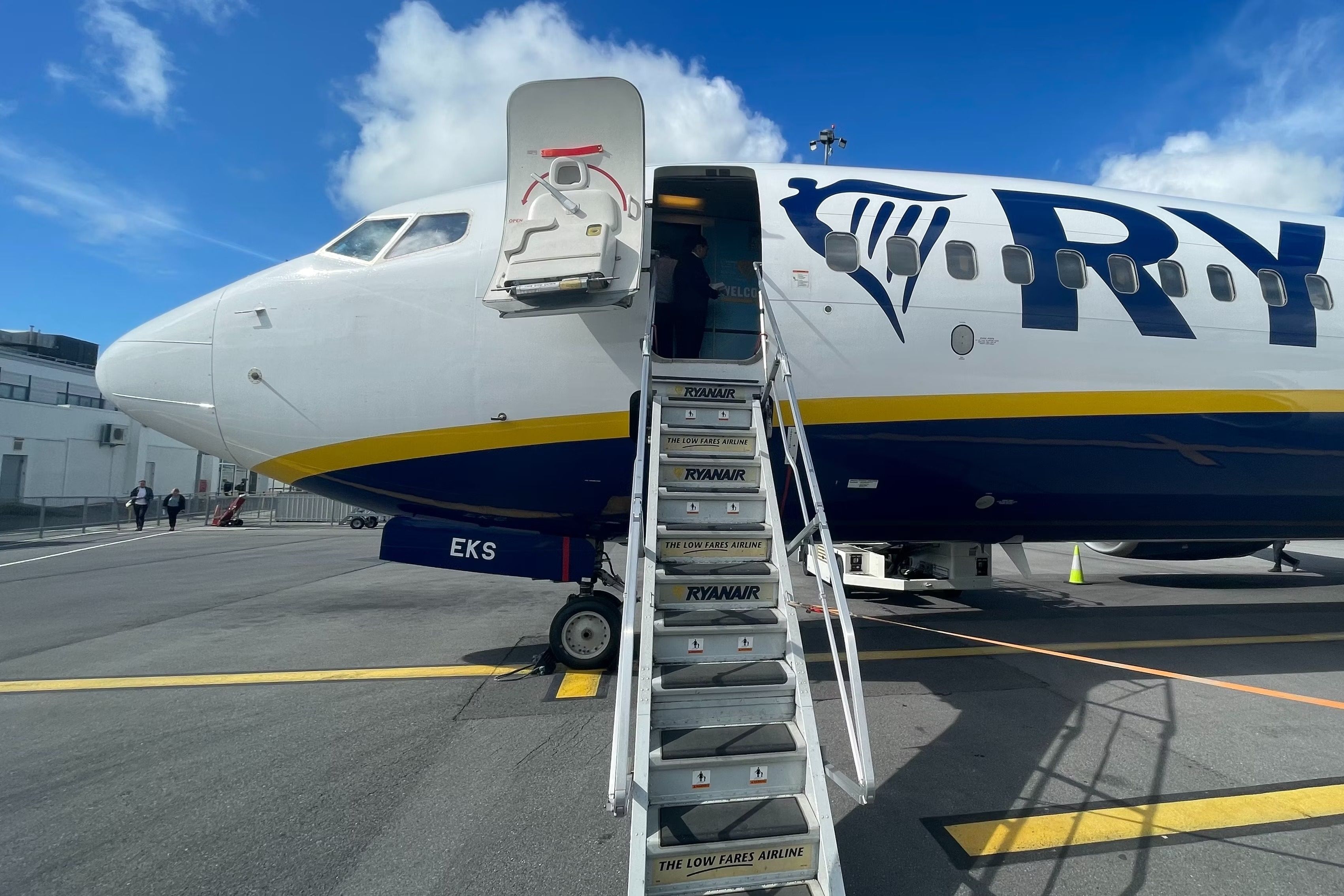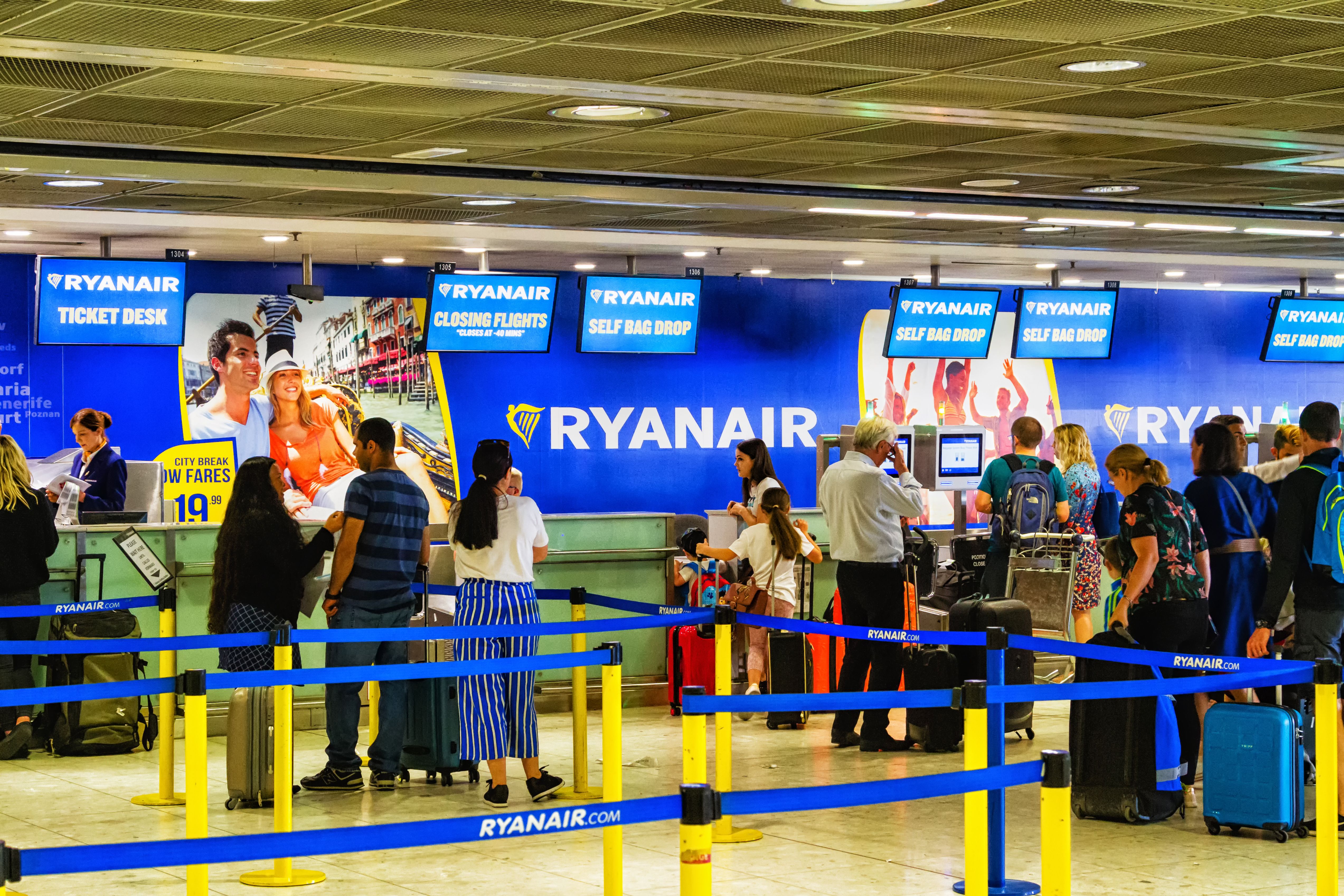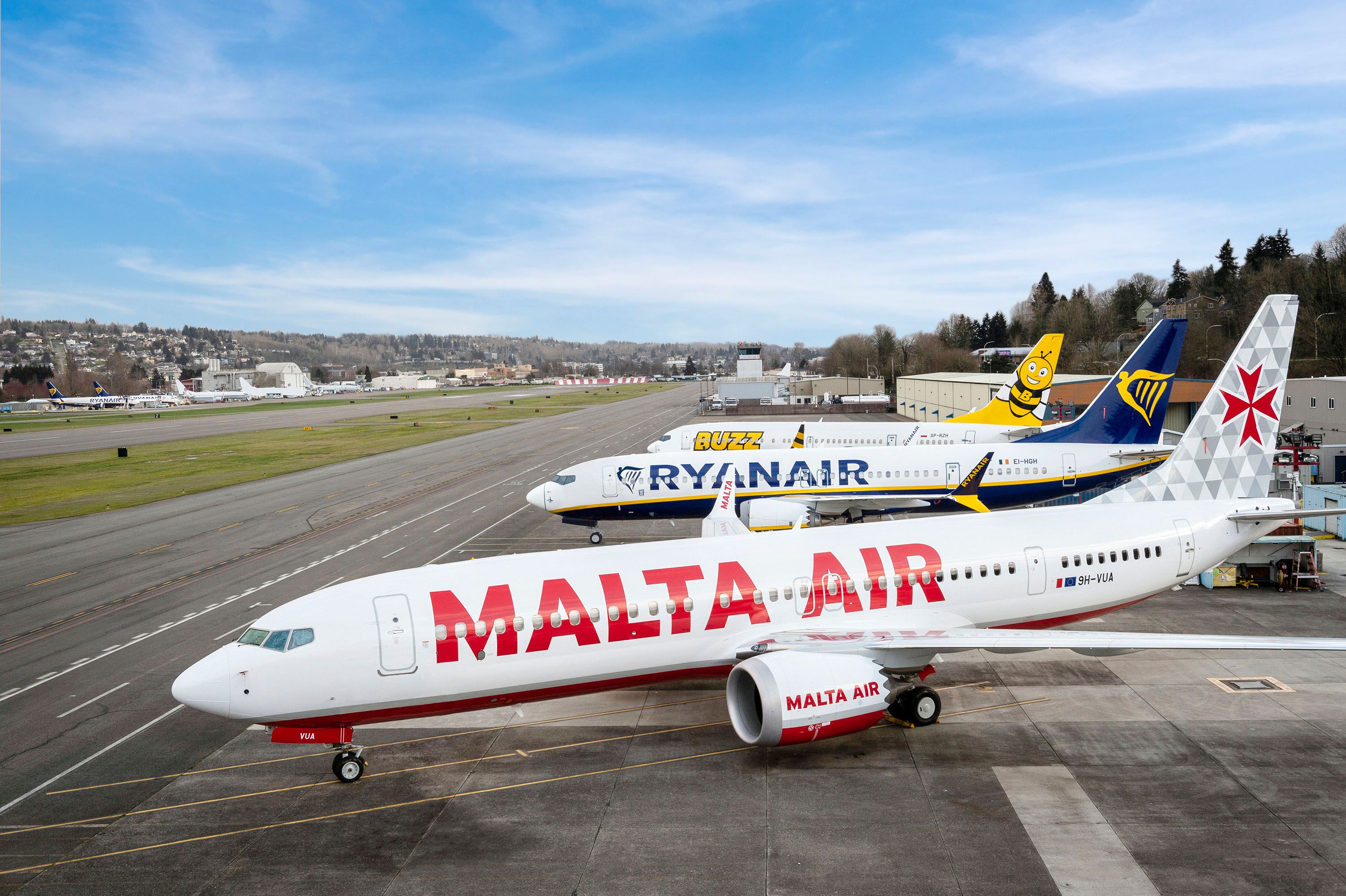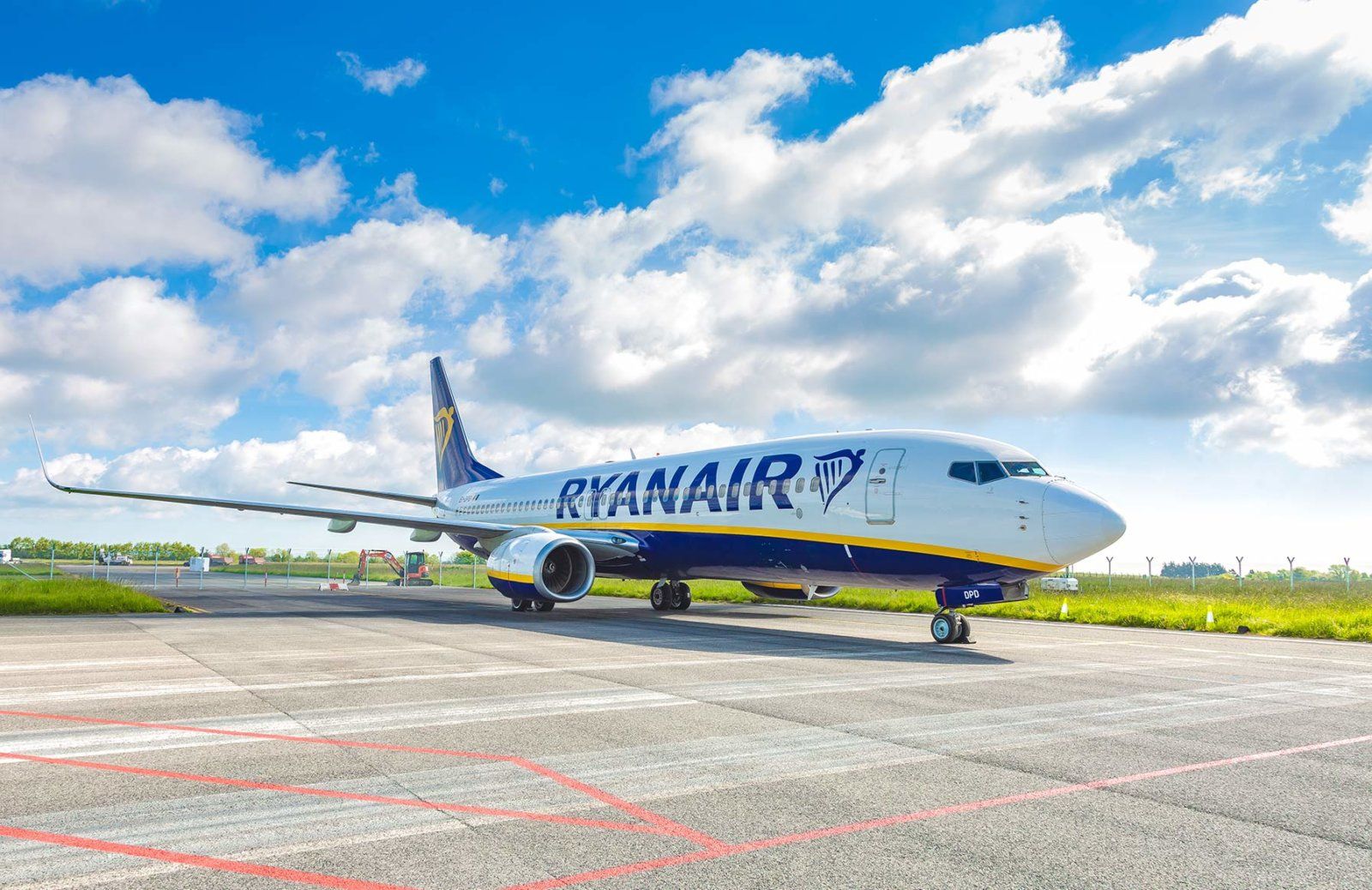Summary
- Ryanair, once a small airline operating from Waterford to London, has grown to become one of the world’s largest and most iconic ultra-low-cost carriers, challenging incumbent airlines with its lower prices.
- The airline transformed its business model from a full-service carrier to Europe’s first low-cost carrier, slashing fares and prioritizing cost efficiency while expanding its route network and fleet, ultimately overtaking British Airways and Aer Lingus on key routes.
- Despite controversy surrounding working conditions and customer service, Ryanair’s CEO, Michael O’Leary, has successfully led the airline through crises and achieved remarkable growth, with the carrier reaching a record-breaking 160 million passengers in 2022.
Ryanair is one of the largest airlines in the world and holds the title firmly in Europe. With a staggering 160 million passengers carrier over 80 bases in Europe and North Africa, the major Boeing 737 operator is an icon of the ultra-low-cost airline era. But it wasn’t always like that, in fact, when it began in 1985, Ryanair looked very different.
The early days
Ryanair was founded back in 1985. The airline took its name from the family that founded it, the Ryan family. While the airline is known for being based in the Irish capital, Dublin, this wasn’t the case initially. With a 15-seater Bandeirante plane, the jet was operating daily flights from Waterford, a city that today has a population of just 53,500, to London Gatwick.
With just 25 staff at the very beginning, the airline quickly doubled its workforce, employing 51 by the end of the year. The airline carried just 5,000 passengers in its first year, remaining only known on both sides of the Irish Sea.
Moving to Dublin
Things seemed to improve in the second year rapidly. While the airline was operating as a full-service carrier, it was challenging the prices of the incumbent airlines, a promise it maintains even today. In its second year of operation, the airline was able to start flying from Dublin to London.
This put it in direct competition with British Airways and Aer Lingus. At the time, the two carriers were charging a minimum of £209 ($253 today). Meanwhile, Ryanair’s launch fair was £99 ($120 in 2023), still crazy expensive compared to today’s lowest fares! The airline slightly upsized its fleet to two 46-seater BAE748 planes as demand grew.
Financial issues loom
Unfortunately, it didn’t seem as though things were working at Ryanair. Five years in, the airline’s workforce had grown to 477, while passengers reached 644,000. The airline was loss-making, though. At the time, it was offering business class and a frequent flyer program, which were both ditched. The airline had also operated the BAC 1-11 jet and brand-new ATR 42 Turboprops by this point.
The airline had lost around £20 million ($24.5mn in 2023) by 1990, prompting the Ryan family to invest £20 million ($24.5mn) more into the airline. This was when a change in direction took place. The airline relaunched as Europe’s first low-cost carrier rather than continuing as a full-service competitor to the flag carriers. Its lowest fares were slashed from £99 ($120) to £59 ($71), again, still far more than today!
Arrival in London Stansted and the arrival of the 737
These days, London Stansted is by far the Irish LCC’s largest hub, despite not housing its headquarters. The airline first arrived at the airport in May 1991, switching its main London base from Luton. It seems the shift to low-cost was a good one to make, as 1991 to 1992 posted its first profit since launch, with an audited profit of £293,000 ($290,075).
Photo: Ceri Breeze | Shutterstock.
These days you can’t think of Ryanair without thinking of the Boeing 737. But the 737 wasn’t always a part of the Ryanair fleet. The airline took delivery of its first Boeing 737 in the financial year 1994 to 1995. The airline also launched flights from Birmingham to Dublin. The Irish Government had warned the airline against doing this at the risk of upsetting Aer Lingus. By the end of the year, the airline had taken eight Boeing 737s, a major number then, but less than what the carrier now takes in a month in its high season!
Continued expansion
By 1996, it took over British Airways and Aer Lingus on the prized London-Dublin service, a feat that seemed impossible a decade prior. 1997 marked its big moment, taking advantage of the EU’s open skies agreement.
The rest, they say, is history. Ryanair’s budget carrier model boomed as the EU expanded and deregulation occurred, allowing it to establish dozens of bases in key markets like the UK, Italy, Spain, France, Poland, and many more. Suddenly, the incumbents were stuck with high operating costs, while Ryanair pursued its goal of keeping costs as low as possible.
Photo: Luke Peters/Simple Flying
1994 also saw a fresh-faced CEO take charge, the one known as Michael O’Leary. Well-known for his brash and unapologetic comments, he has taken the carrier and increased traffic from under five million to a stunning 160 million by 2022, navigating crises like 9/11 and COVID more efficiently than anyone else. While he is frequently attacked for working conditions and customer service, O’Leary’s Ryanair is a powerhouse.
The numbers
In the years that followed, Ryanair continued adding routes to its network and conquering Europe. Year on year, its passenger number grew, as did its staff numbers. The airline first surpassed 10,000,000 passengers in the financial year of 2002-2003, and by quite a way. In the previous year, the airline carried 9,355,000. In the space of a year, this increased drastically to 15,736,936 passengers.
Growth was drastic through the 2010s, as well, with Ryanair carrying 75.8 million passengers in 2011 and rising to 148.6 million in 2019. Of course, the word shut down in 2020 and Ryanair went into hibernation (while O’Leary continued to fire shots at restrictions), only carrying 27.5 million travelers. But as soon as the world opened, the Irish giant jumped into action, carrying 72 million in 2021 and a record-breaking 160 million in 2022.
Photo: Milosz Maslanka/Shutterstock
The carrier’s single-fleet strategy (with the exception of Lauda’s A320s) is well-heralded for cutting maintenance and training costs. However, the use of online services means that Ryanair could cut out travel agents and middlemen to bring down prices even further, with single-digit fares becoming widely available across the network (no perks of course).
Ryanair today
Ryanair didn’t just settle for natural growth, making a series of shrewd decisions to acquire names and add partners, and footholds in key markets. It acquired Laudamotion (now Lauda Europe) in 2018, allowing access to Austria and Spanish islands. It also struck a deal with the Maltese government to add Malta Air, which has rapidly expanded across the continent and improved connectivity. Now five airlines, these form the Ryanair Group.
The bottom line for Ryanair is nothing to be scoffed at, even if the $9.99 fares seem unbelievable. In 2022, the carrier raked in €1.43 billion ($1.5bn) in profits, beating expectations on the back of demand, and only narrowly behind the 2019 record of €1.45 billion ($1.52bn).
Photo: Ryanair
While most airlines scrambled for state aid and support to stay afloat, a fact that Ryanair has railed against and even cases in the EU against, the carrier took minimal government support and relied on its reserves from years of profitable operations. Love it or hate it, Ryanair is an efficient machine, offering passengers the lowest fares with pricey add-ons and more connections than anyone else on the continent.
What is your memory of Ryanair? Let us know what you think and why in the comments!

